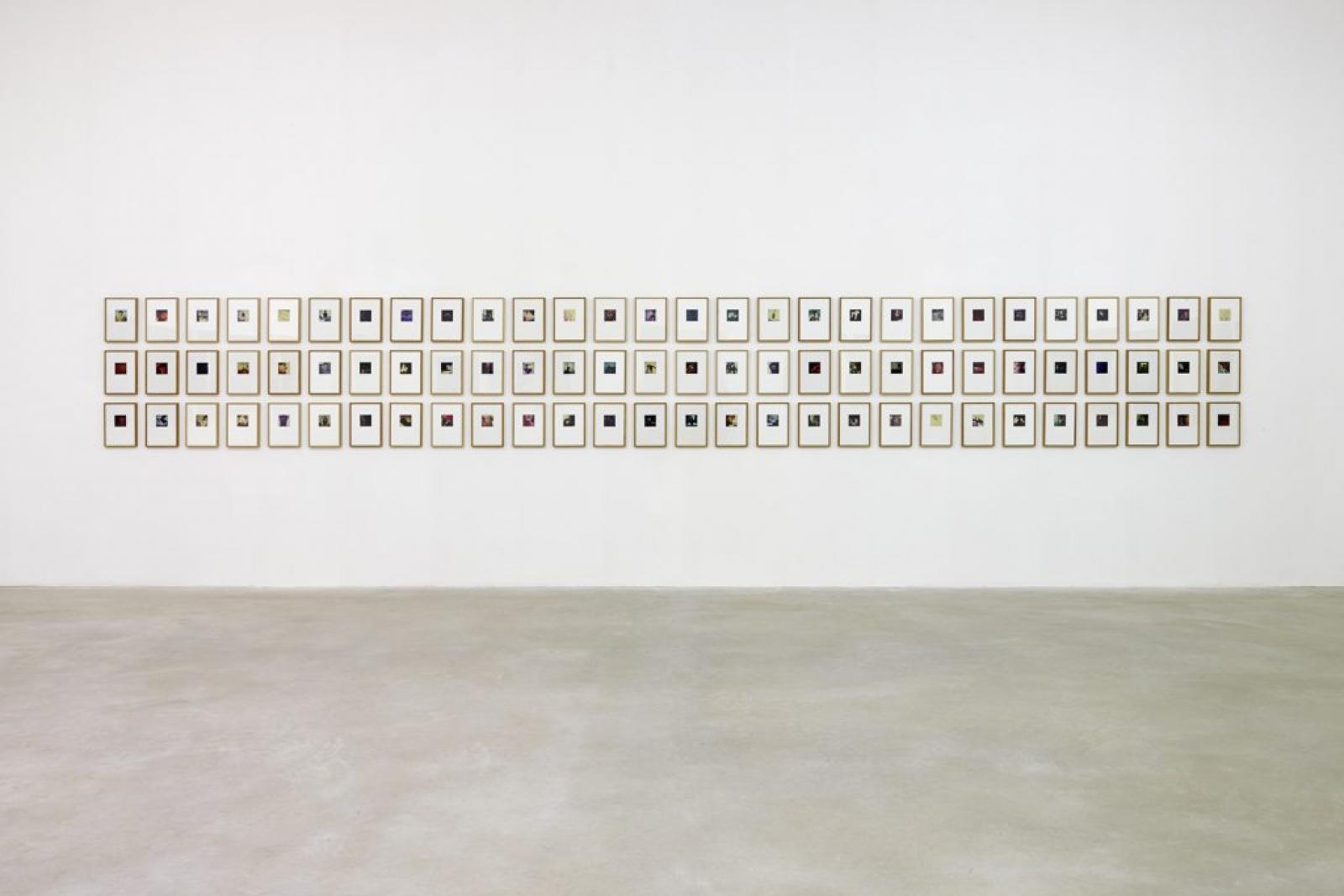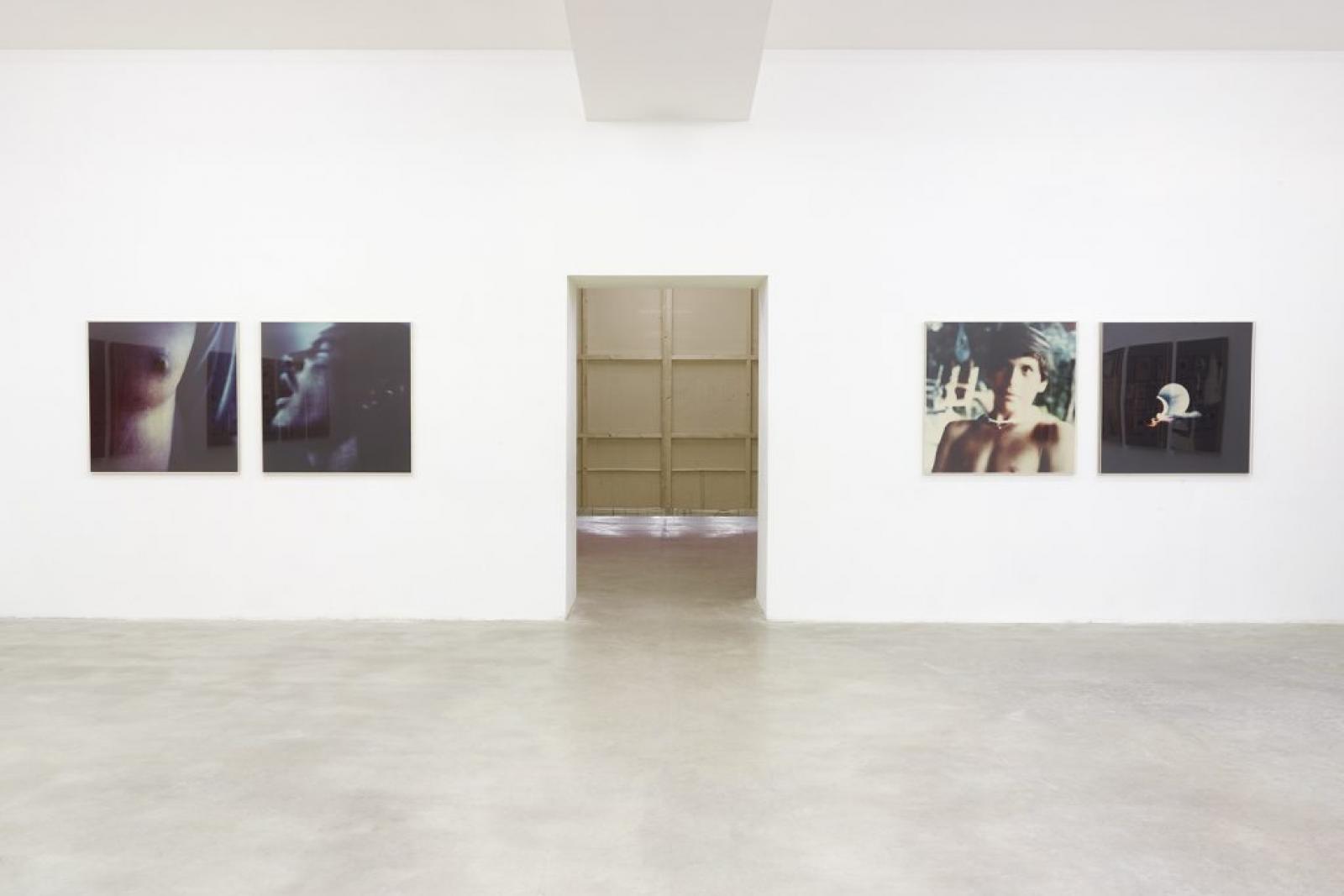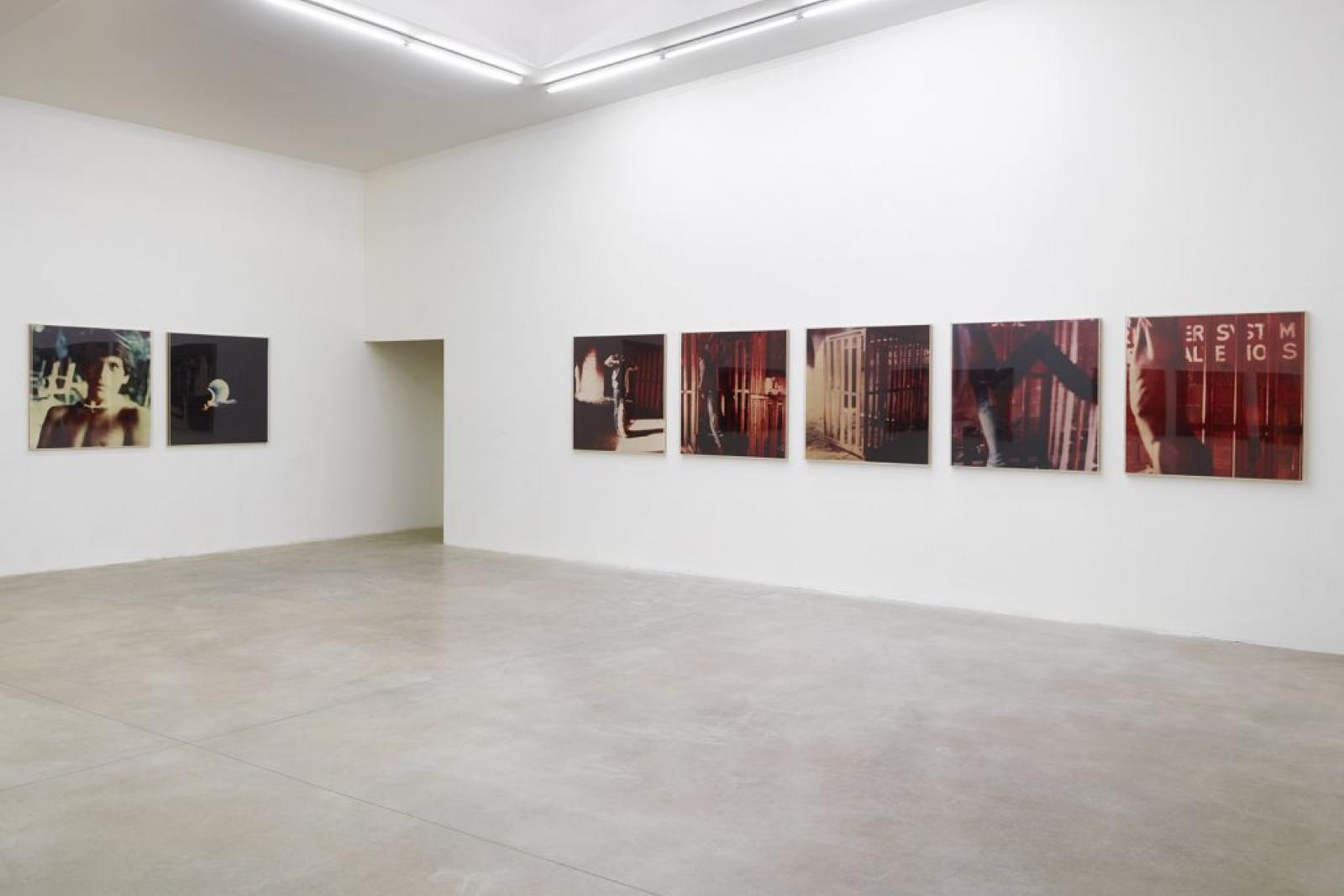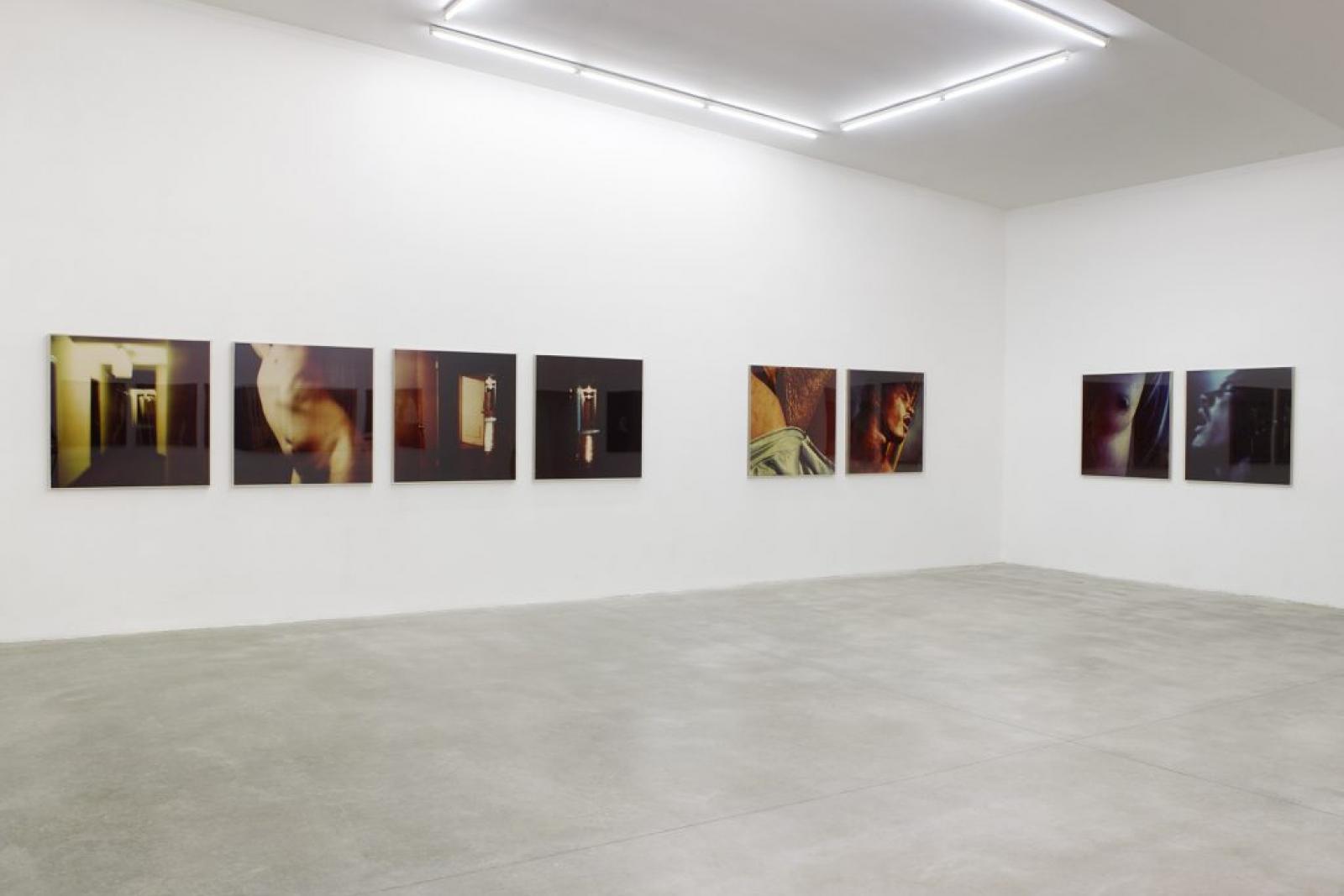Pierre Keller
My Colorful Life
The often scandalous reputation of Pierre Keller, a reputation which he built consciously, frequently masks the crux of the matter, by allocating it either to the deeds of the subtle politician, strategist, media persona, insatiable promoter and producer, or to the narrowing identity of the easy provocateur or the declared homo-hedonist.
These are only partial truths. They fail to note that prior to becoming the public and thundering figure we know, the road towards emancipation was long and unforeseeable, beginning with his childhood in the countryside of the Swiss canton of Vaud. These accounts further eclipse the profoundly paradoxical dimension of his person: unconditionally infatuated with liberty, Pierre Keller nevertheless holds the greatest respect for the institutions and their authority. Despite being a right-wing liberal and a proclaimed individualist, his multiple deeds in the field of culture and pedagogy show a constant preoccupation for the collectivity and the common good.
Many artists are seized by their works, but few manage to grasp their epoch. Pierre Keller has taken hold of art – first, art made by others, then, his own – in order to inhabit his time. Today, now that the distance allows us to appreciate it better, his work seems the most evident expression of this alertness, of this thought put into action, constantly in motion.
Pierre Keller started making images in the 1970s, at a time when art, like everything else, was done in the streets, in clubs, and in backrooms, in the most shady of places. With no career plan nor any mastering of technicality, he created an art of unveiling, a narrative account of himself which did not require the market or the coterie to tell the best part of men, the sensible world of bodies and desires.
His many photographs comment at once on contemporary history and on an era that preceded the screens, the internet, social media and speculative bubbles, before the time when mankind would barter its freedom for the fantasy of celebrity.
His pictures have often been labeled as "porno" – a simplified way of describing anything that is not a still life. In the preface to his exhibition catalogue at the Farideh Cadot gallery in 1986, his friend Jean Tinguely precisely corrects this linguistic issue: "The painting of Pierre Keller overwhelms me. I call it painting, because ultimately it does not really matter to me if the medium of the image is photographic. Only the image matters; the image that seems to act as a new revolutionary force. What Pierre is doing is not pornographic. It would more be anti-pornographic. In each of his naturalist representations of the human body in action, eroticized and sexual, one can read a sad ending. Here, there is a transfiguration of pornography, as it were. Nothing is closed." Sex has thus always been one of these marvelous worlds for Pierre Keller, open to a number of hypotheses, where the fulfillment of desire pre-empts its formulation, where diving into the nightlife opens up on other perspectives – poetic and artistic ones. When the power of this desire is enough to link the imaginary to the real, the one becomes exalted by the other. It is true that his photographs literally show sex, i.e. love, the shaky moves in the direction of the flesh, and of the mystery of incarnation.
Around 1975, in a train somewhere between Lausanne and Paris, Pierre Keller discovered the possibilities of polaroid photography, a technique which was a true revolution in the history of instantaneous photography. Its impact lasted until the end of the 1990s, when a specific "porn trash"
esthetics, inherited from the so-called practice of the "snapshot", was relayed by new magazines such as Purple Prose, I-D, Dazed & Confused.
The legend has it that amateur pornographic photographers were the first to use polaroid cameras, looking for a way to elude the intermediary step of the laboratory and to escape from the sanction of the police and morality. In the field of art, this so-called "instant" image permitted a certain carelessness, an immediate grasp on the present, an emancipation from the codes of traditional photography. The minimization, the elimination of technical skills even, allowed major figures like Andy Warhol to move towards new zones of experimentation, to investigate the issue of mechanics and subjectivity, or, rather, of its absence. For Chuck Close, an early user of very large polaroid formats, the aim was more to involve himself with the world of realism and its decomposition. As for David Hockney, he frames it as part of the question of perception, being convinced that this type of recording offered the possibility to represent the workings of the gaze in a dazzling manner and on a plane surface. The polaroid produces something like a short circuit in the relation between photography and modern art. Pierre Keller, like Hockney or Warhol, intuitively grasps what is at stake in this aesthetic rupture.
During his unremitting journeys and over almost twenty years, he has taken photographs in an almost compulsive manner, the camera always being in one of his pockets. His artistic practice does not fall into the category of voyeurism, but rather belongs to the uninterrupted experience of the voyage and the encounter. This collection of photographs counts more than four thousand polaroids. They represent just as many traces from a contemporary adventure, just before the time when art entered into the digital age, into the domination of the simulacrum and live-streaming. This digital revolution often standing for a promise of false subversions.
Pierre Keller thinks of his photographs primary as images which one cannot perceive outside of their circumstances, beyond the game that drives them, or in the absence of the precise moment of experience. The images are taken at night, preferably in abandoned places, sometimes dangerous ones. They reveal voluntary mishaps: off-balance framings or truncated bodies. The neglected facture of shooting (blurriness, overexposure) feeds into the artist’s confusion regarding his process and the question of the subject, which is – by contrast to the characters of Robert Mapplethorpe’s polaroids – never a model.
These images state the impossibility of representing jouissance and the latter’s intense and ephemeral characteristics. This very disequilibrium sometimes pertains to the sensation of vertigo. The chiaroscuro effects and the material presence of moving bodies and spaces add to the pictorial dimension. A dimension expressed through abstraction in some very large formats, or by the amplification of colors and striking contrasts, as in his famous series "Horses": twenty-three square meter large color prints, after SX70 polaroids taken during a random visit at the stud farm of Cluny in 1988. These mysterious images of horse croups evidently refer to some of the most iconic figures of art history (Géricault), of poetry and literature (Apollinaire, Tournier). They thus also invoke, more discursively, the formal vocabulary of the greatest Spanish painter Zurbaran, whom Pierre Keller has always admired for his precision and dark power.
Despite numerous international exhibitions since the end of the 1960s (photographs, screen prints, modifiable objects), Pierre Keller can flatter himself for never having wanted to occupy a recognizable position in the narrow horizon of the art scene. We have seen him meander for years, across-the-board between regions of the world, inhabiting different roles and genres. Being a graphic designer, a taxi driver, a photographer, a pedagogue, a collector, a politician... Always open, curious, never submissive, boundlessly wary of self-identifying groups, herd instincts and processes of arbitration. During his entire life, he has continuously mocked the worn-out dialectic between up-to-date and out-of-date. Even in his mission as the director of ECAL, he would often sharply point out the professors’ conventions, which he often found too preoccupied with momentary trends and academism.
In the vast process of rewriting and reevaluating contemporary history, it is not surprising to see reappearances within the institutions of Pierre Keller’s images. The prospect of this revival is enthralling if one looks simultaneously at two series of works. One the one hand, Thomas Ruff’s celebrated series "Nudes", the gigantic prints that clean out the esthetics of digital pornographic production by monumentalizing it. On the other hand, the series by Pierre Keller made in 1985 for the 4th Triennale internationale de la photographie de Fribourg, realized within a gigantic polaroid studio capable of producing photographs measuring fifty centimeters by sixty in seventy seconds.
If we keep in mind that Pierre Keller has continually exploded the limits of the communitarian doxa, the aforementioned reevaluation also enables us to confront the current doxa with the question of the obscene and its limits, and with the issues of gender and identity.
At a time when the 1980s have not yet become history, the 1970s are fashionable. To look at Pierre Keller’s work again is to think about the links between these decades, these generations impressed by libertarian counter-revolutions and affected by the AIDS epidemic, this long winter which has profoundly altered our relationship to the body and to representation.
If Pierre Keller took part in the adventure of the sexual revolution, from North to South America, he has just narrowly escaped from the catastrophe. His images remember those who have risked their lives in the name of unconditional freedom. Alongside Robert Mapplethorpe, Larry Clark, Nan Goldin, he has been convinced that sexuality is seminal, that sexuality is simultaneously at the origin of the photographic image and its ultimate aim, and that all these banned and cursed images will inevitably come back one day in order to ask about the core of things, about the history of creation, about the invention of another modernity. These images present themselves today as a strong antidote against the death drive, the void, and melancholia, as in the explosion of colors in his most recent series "Flor de Cuba", an insolent incentive to life.
—Stéphanie Moisdon, in My Colorful Life, 2018, Edition Patrick Frey



